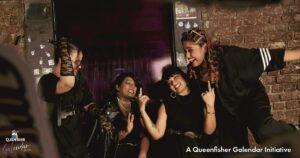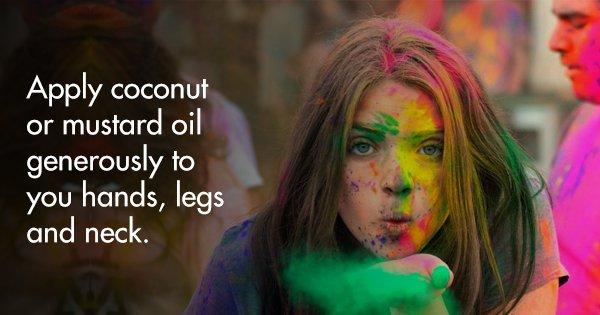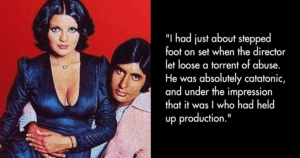Kochi, Tapasi, Suchitra, Puja, Manik, Shanti, Avijit and Gour were a bunch of bright-eyed tweens, frolicking around in the neighborhood lanes, flying kites, pulling each other’s legs. When New York-based photojournalist Zana Briski entered their lives, camera in hand, she was greeted with their eager eyes and innocent charm. But there was no ignoring the plea for help that resonated off each of these kids.
The streets they roamed were a part of the squalid red-light neighbourhood in Kolkata, the notorious Sonagachi.
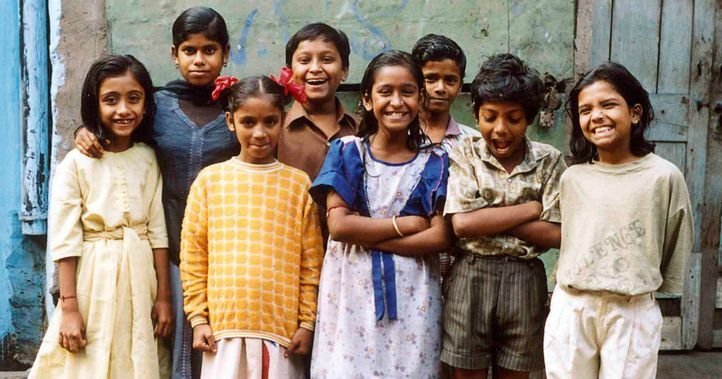
Home to more than 10,000 prostitutes, pimps, babus , customers, Sonagachi also houses children of all ages, who inevitably become a victim of their circumstances. Zana Briski and Ross Kauffman travelled to the underbellies of Kolkata to study the lives of the prostitutes inhabiting the dismal gullies of Sonagachi.
What struck them instead were the feisty, resilient little kids the area was teeming with, and the hopelessness in their eyes.
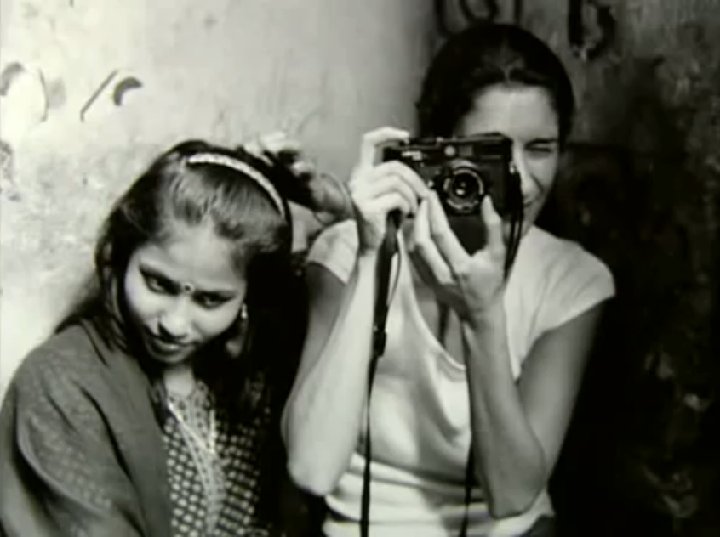
Source: youtube
They quickly became aware of the fact that in order to understand their circumstances, it was essential that they inhabit amongst them and become a part of their lives. Zana decided to engage the kids, handing cameras to each of them, and giving them lessons in photography. The children proved to be fast learners, soaking up everything she had to offer and took interest in the classes.
What began as a documentation of the effect of art on the lives of these children eventually culminated into an Oscar winning documentary. Born Into Brothels released in the year 2004 to mixed reviews, and went on to win the Academy Award for Best Documentary Feature that very year.
The Immoral Trafficking Prevention Act, 1956, the main statute dealing with sex-work in India, does not criminalize prostitution or prostitutes per se, but pimping, brothel keeping, etc are considered crimes.
In 2007, the Ministry of Women and Child Development reported the presence of over 3 million female sex workers in India, with 35.47% of them entering the trade before the age of 18 years.
These kids were born into doom. Their fate had been sealed at birth, born to be shunned by society at large, with little or no prospects for their future.
It was inevitable that the little girls would grow up to be dragged into the ‘line’ and the boys would disappear into oblivion, succumbing to the contrived web of the thriving sex trade.
Zana Briski, perturbed by their predicament, decided to intervene. She took it upon herself to try and put them through school, in her efforts to ensure that they did not get sucked back into the life they had been born into.
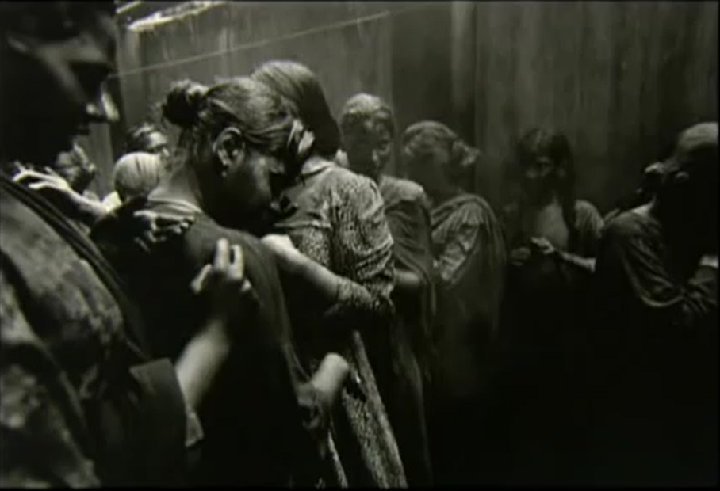
While the documentary did not throw much light on the intricacies of the lives of the prostitutes per se, it did give a clear picture of the relationships each of the kids shared with their family members.
Kochi, the demure little girl, ran away with her sister’s help to escape from her father who had intended to sell her off. She now lived in Sonagachi with her grandmother, who took Zana’s help to try and put her in an orphanage with the hope that she would have a better life, and escape her dismal fate.
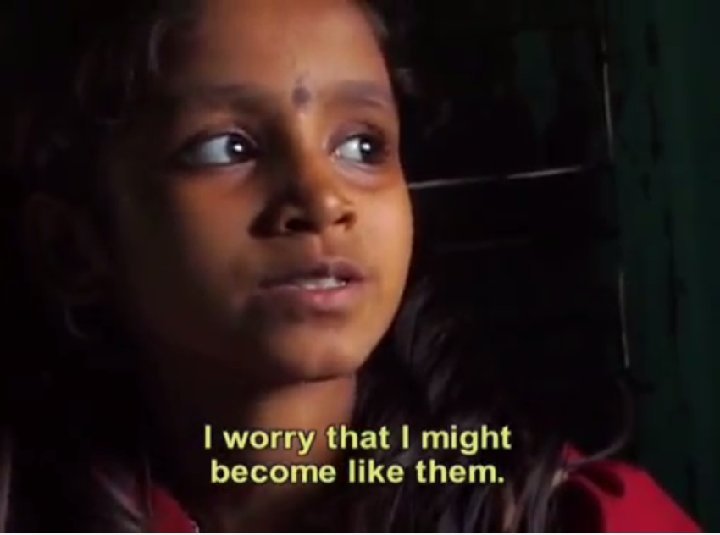
The firebrand Puja had been born into a Brahmin family, and was the favourite imp in the household. While both and her grandmother talked about wanting a better life for their little darling, they were not too happy at the prospect of her having to stay away from family.
Avijit, with his infectious dimpled smile and twinkling eyes was easily the most talented of the lot. With an innate flair for photography and art, he was slowly spiralling into depression after his mother’s sudden demise. His trip to Amsterdam to participate in the World Press Photo Foundation as a child jury uplifted him, and motivated him to join school following Zana’s relentless efforts.
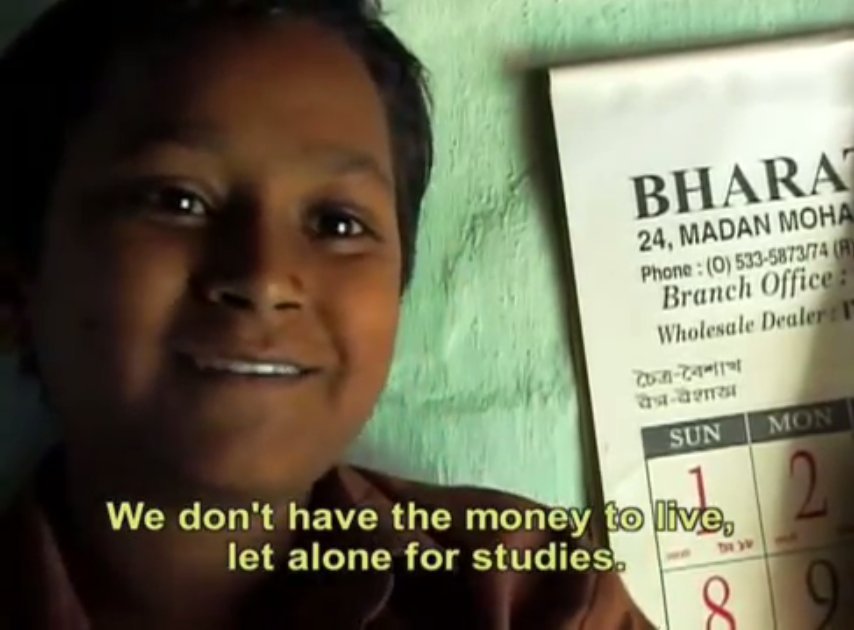
Schools in the area vehemently refused to admit any of these kids and the fact that the possibility of them being carriers of the HIV virus was a factor that made it even more difficult to get them enrolled. Tests were carried out and having tested negative, the kids were eventually sent to boarding schools in the hope that they would stay away from the toxicity of the area they called home.
The documentary-makers subsequently set up a charity, Kids With Cameras, to help the kids with their education. Photography exhibitions were held in Kolkata and New York and an auction in Sotheby’s raised funds.
Avijit went on to study filmmaking at New York University, and is now set to make his Hollywood debut as an assistant director.
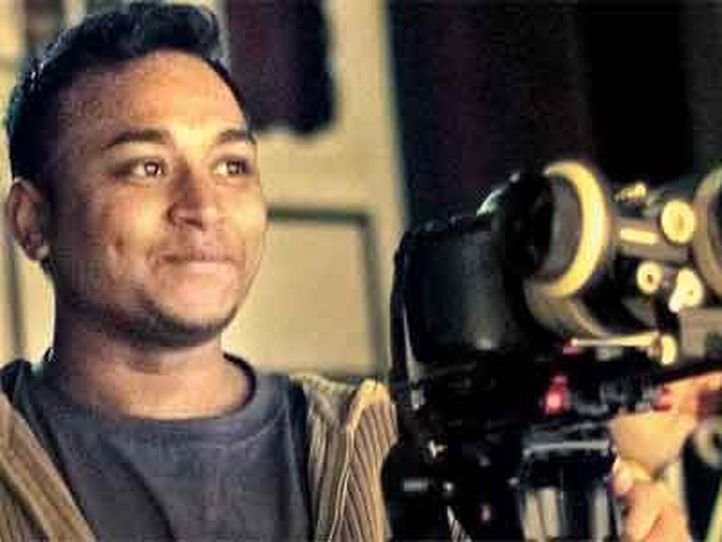
With considerable aid from the profits made out of the movie’s success, Kochi’s education was sponsored and she also went on to study in the United States. The others however fell back into the clutches of destitution. Puja, despite being the most inspired by the prospect of education, is now a sex worker and lives in Sonagachi. Being a part of the trade has worked out for her, she says.
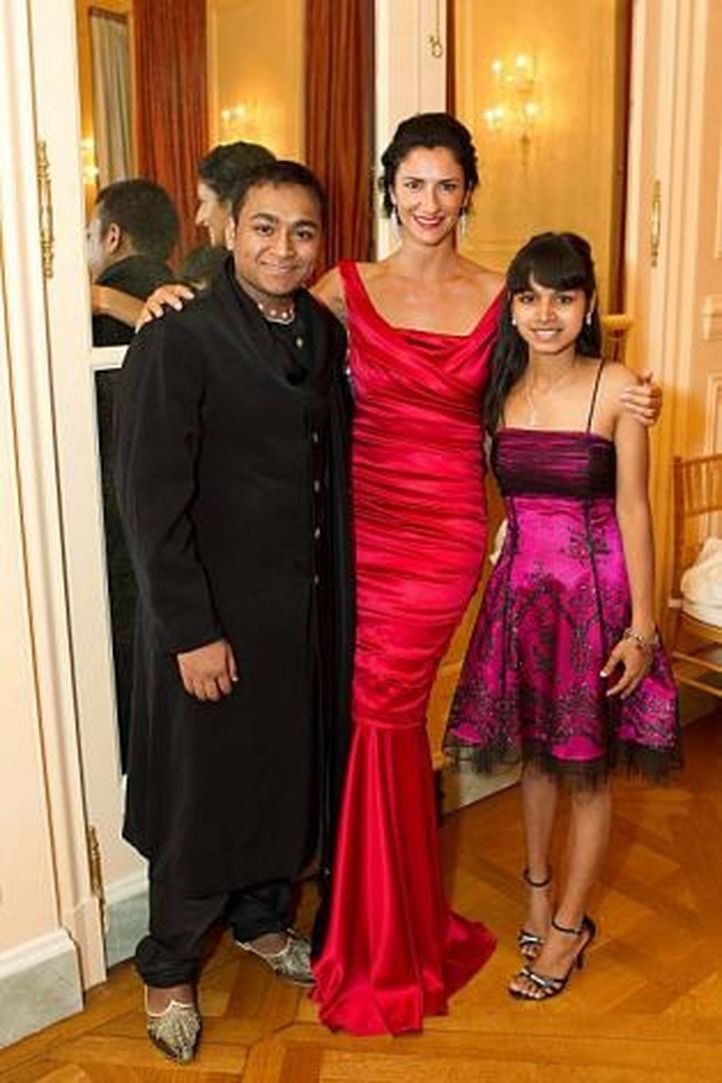
The film however received criticism on account of it being too focused on individual solutions rather than communal ones, and that it ignores the work being done by social workers and organizations committed to the cause of the sex workers in the locality.




